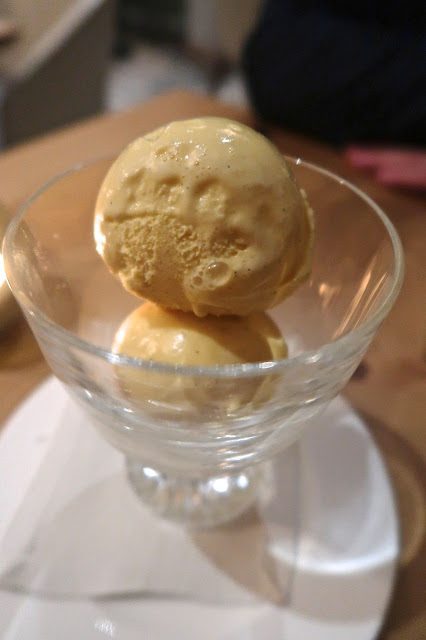Built to house his fabulous collection, celebrated 19th-century English painter and sculptor Lord Frederic Leighton's home in Kensington is a testimony not simply to one man and his vision, but to a particular moment in British cultural history. Designed in 1865 by George Aitchison, Leighton needed a space where he could demonstrate his position as both president of the Royal Academy and as chief exponent of a new aestheticism in painting and design. Adding to the building over three decades, and still tinkering at the time of his death, he ended up with one of the most talked-about houses in England. Leighton House was adapted over the years to be a showcase for Lord Leighton's artistic tastes, including a spectacular north-facing studio with movable picture window for transferring the painter's larger works, and for his extensive art collection, which includes works by Corot, Millais, George Frederic Watts and Lawrence Alma-Tadema.
However the highlight of the house is the extraordinary Arab Hall with its golden dome which was built in 1877, and reflects Leighton's fascination with the Middle East along with his major collection of fifteenth-century Damascus tiles and the finest Arabian and Persian artwork from his frequent trips to Turkey, Syria and Egypt. An avid traveller who spoke five languages, sometimes when Leighton was unable to visit his favourite sources, he would commission travelling friends including the professional adventurer Richard Burton, to scoop up rare tiles, pots or carpets. A £1.6 million refurbishment in 2010 uncovered and restored many of the decorative schemes and features of the house, as well as a previously unseen staircase. Today, the house which is now a museum, is still an architectural treasure trove with some fine paintings as well as drawings and sketches.
The ornate staircase with 17th-century Turkish wedding chest and stuffed peacock, a symbol of the the Aesthetic Movement with which Leighton is often associated
The spectacular golden dome in the Arab Hall built in 1877
Lord Frederic Leighton, 1830-1896
'Flaming June' by Lord Frederic Leighton
Self portrait of Lord Leighton, 1880
The Scarsdale Tavern, a little gem of a pub hidden away on a lovely leafy garden square in Kensington
Outstanding beer, cider, great wines and wonderful food
A pint of Lager
Putting the finishing touches on a cappuccino
A hot frothy cappuccino
Côte Bistro on Kensington Court
Original Côte Bistro delivery bicycle currently going ferns
Côte Bistro is inspired by the brasseries of Paris, championing relaxed all-day dining
and serving authentic French classics
Glass of chilled Côtes du Rhône
Duck, Pork and Chicken Liver Terrine with chargrilled sourdough bread and
cornichons, shallot and caper salad
Warm Tarte Provençale with rocket and black olive & caper dressing
Breton Chicken Salad with streaky bacon, avocado, egg, radish and creamy walnut dressing
Grilled Sea Bream with courgette purée, and shaved courgette, broad bean and rocket salad
Crème Caramel
Vanilla Iced Cream
Chocolate Fondant
Serves 4
Recipe courtesy of Côte Bistro
4 1/2 oz butter, plus extra for greasing the fondant moulds
3/4 oz plain flour, plus extra for dusting the moulds
7 oz good-quality dark chocolate, broken into pieces
2 large eggs
2 large egg yolks
3 1/2 oz caster sugar
Preheat the oven to 350°F. Brush four individual metal 3/4 cup pudding moulds with butter, then dust with flour, tapping off any excess, before transferring the prepared moulds to a baking sheet.
Put the broken chocolate and butter in a heat-proof bowl, set over a pan of gently simmering water, making sure the bowl does not touch the surface of the water. Once melted, stir the mixture until smooth.
Take the bowl off the heat and allow to cool slightly. Place the eggs, yolks and sugar in a large mixing bowl. Using an electric whisk, beat on high for a few minutes or until the mix is very thick, pale and fluffy. Fold the cooled chocolate mixture into the eggs and sugar. Sift in the flour and gently fold together.
Divide the mixture equally between the prepared pudding moulds. Place in the oven for 12 minutes. Remove from the oven and set aside for three minutes. Using a tea towel, turn out onto plates and carefully remove the moulds. Serve immediately with whipped or iced cream and a sprig of mint.

























































